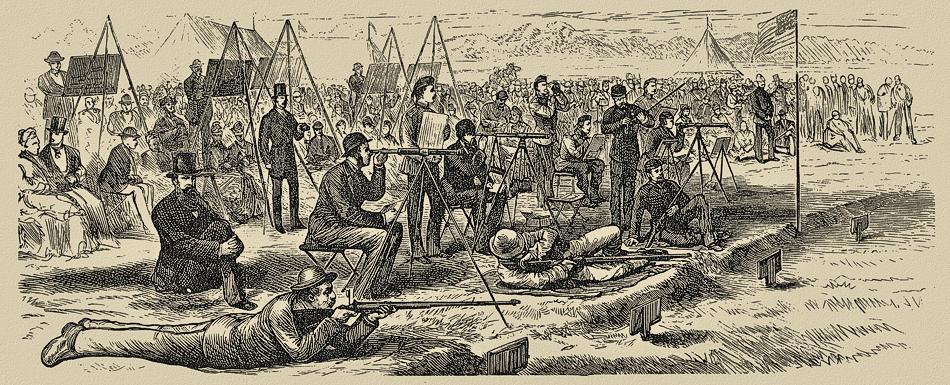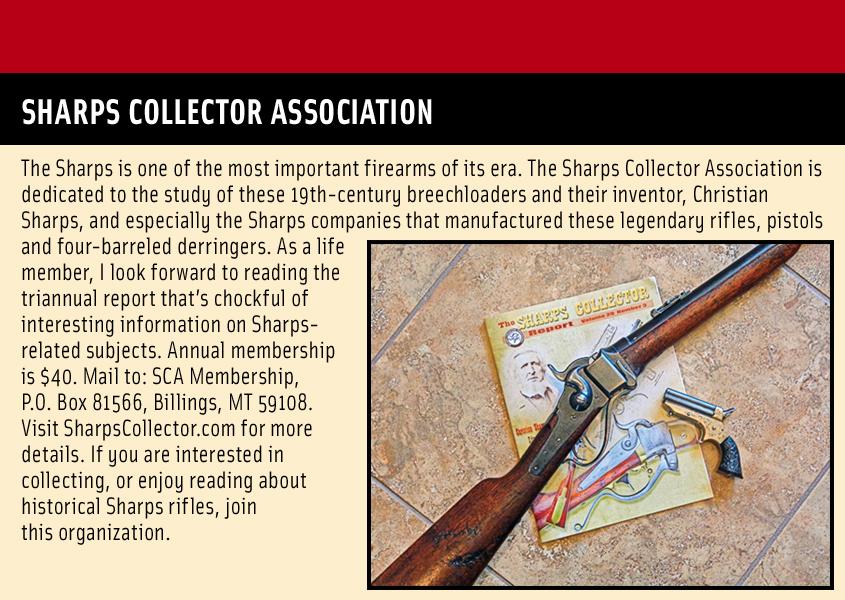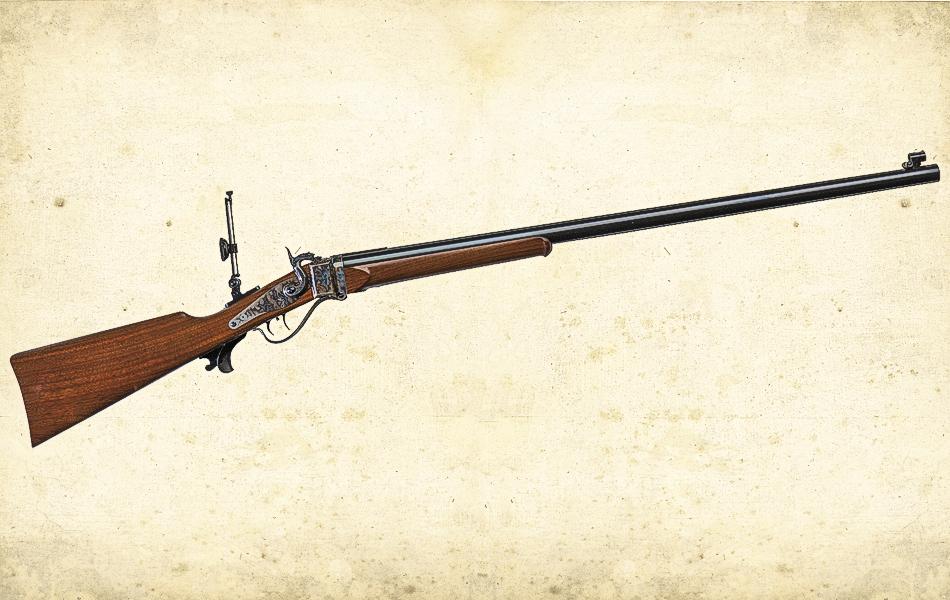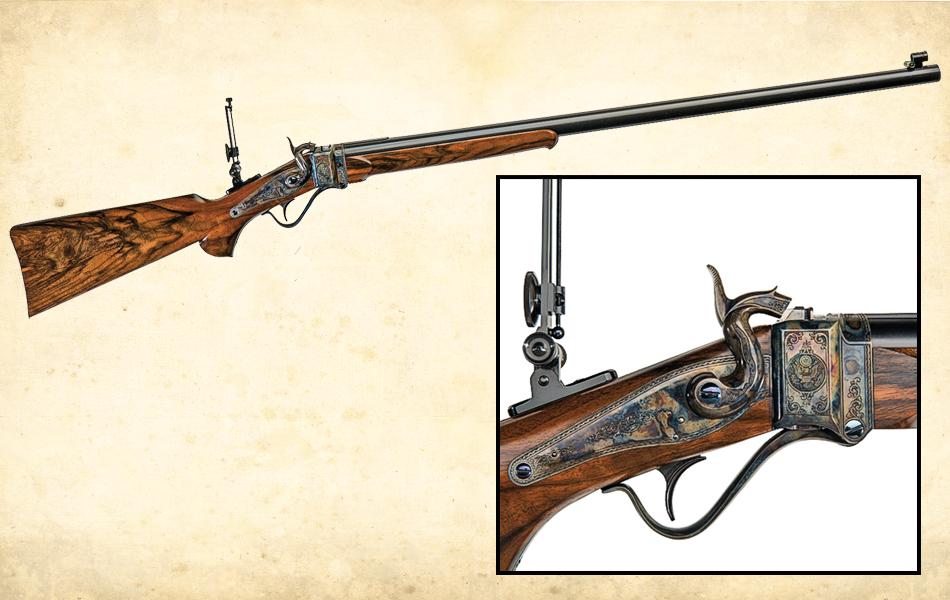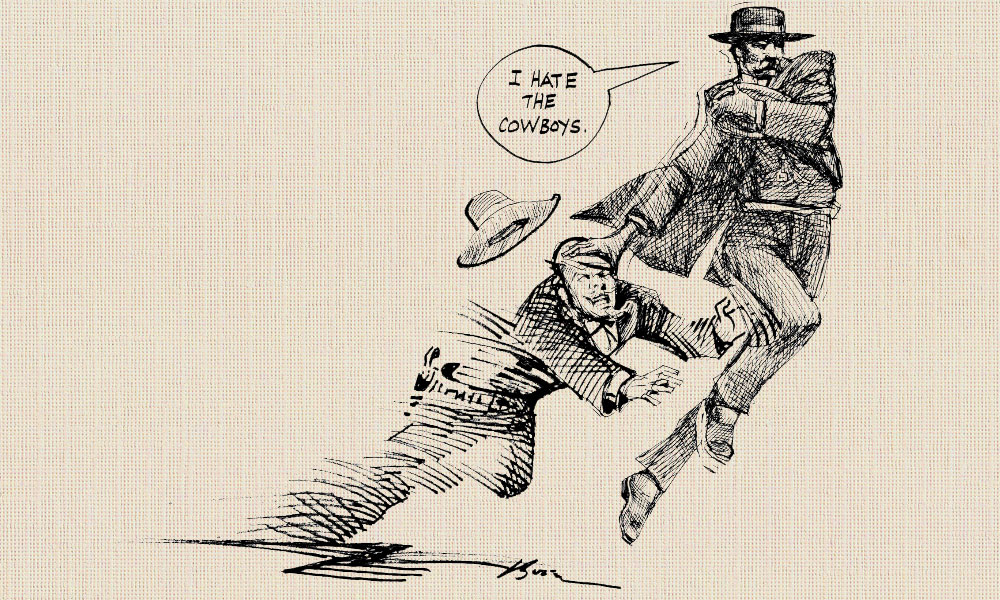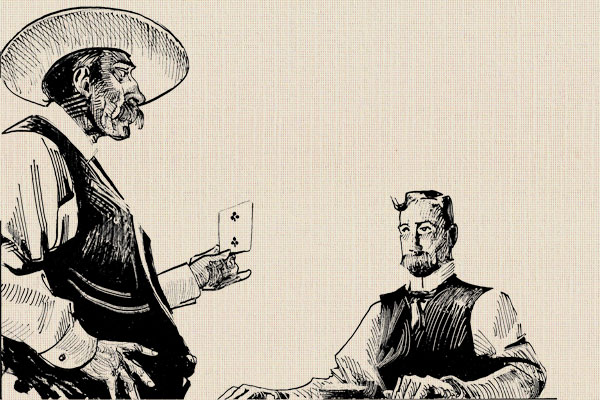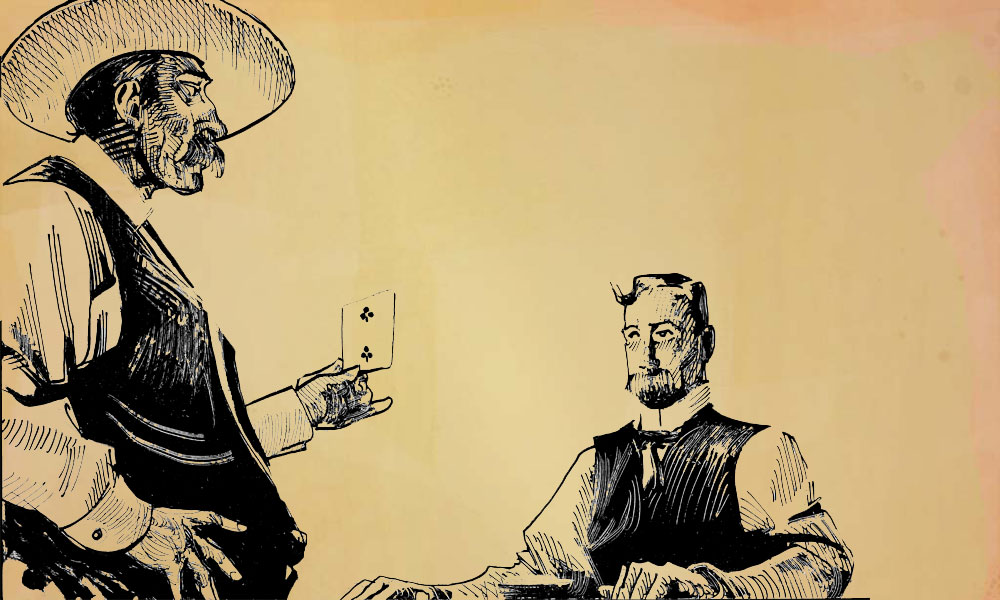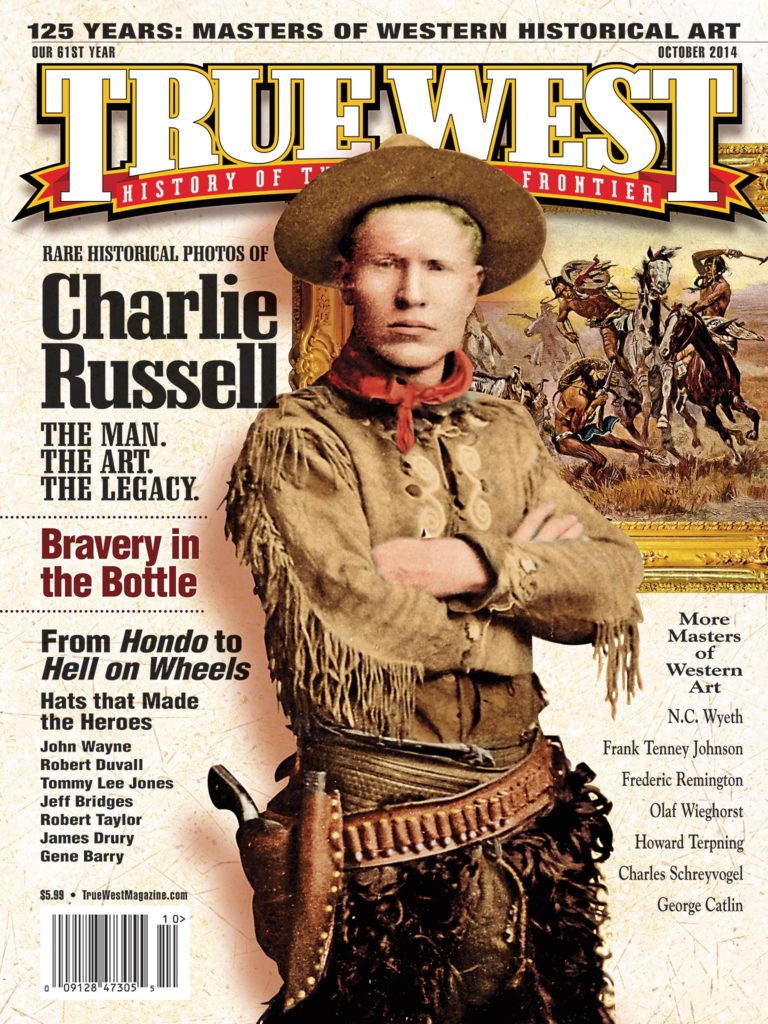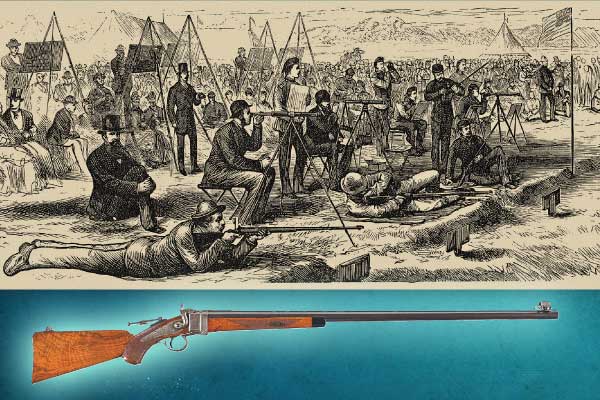 In the firearms world, the name “Shiloh” has come to mean the maker of the finest quality modern reproductions of the famed single-shot Sharps rifles of the mid-to-late 19th century. Especially popular is the company’s 1874 model,
In the firearms world, the name “Shiloh” has come to mean the maker of the finest quality modern reproductions of the famed single-shot Sharps rifles of the mid-to-late 19th century. Especially popular is the company’s 1874 model,
often known as the “buffalo gun” due to its heavy use by the hide hunters of our frontier era.
The Shiloh Sharps Rifle Manufacturing Company in Big Timber, Montana, has been the leading producer of Sharps-style rifles since the late 1970s. To many gun aficionados, their reproductions are indeed Sharps rifles. I’m certain that if Christian Sharps, the gun’s inventor, were alive today, he’d be proud to lend his name to Shiloh’s Sharps rifles.
In continuing its decades-long tradition of turning out some of the best looking, straight shooting Sharps rifles, Shiloh recently introduced its latest historical replica—the Sharps Model 1877-Shiloh English Rifle.
Sharps’s 1877 model was originally made to supply 19th-century target shooters with a long-range rifle that would be acceptable to the strict Creedmoor rules that required guns have a single trigger, metallic sight and weigh 10 pounds or less. Before baseball became America’s national sport, folks gathered on Sunday afternoons to watch organized target matches. The most famous long-range precision match ever held took place at the Creed farm in Long Island, New York, between the United States and Ireland, in 1874. The U.S. won, and subsequent competitions drew widespread attention to the sport.
The earlier 1874 target models, fitted with lighter barrels to adhere to the Creedmoor requirements, had a tendency to “whip” when fired. As a result, the ’74s produced too much recoil with the favored long-range loadings. Sharps redesigned the heavy ’74’s receiver, lightening it and making it more graceful, which allowed for use with a heavier barrel.
Sharps’s Model 1877 rifles were superb, with lockplates and barrel blanks imported from England, but the finishing, barrel rifling and stamping took place at Sharps’s factory in Bridgeport, Connecticut. American-made hammers were of the graceful English-style, thus the name “English Sharps” stuck with the model. Original specimens are extremely rare since Sharps only produced an estimated couple hundred.
With more than three years of work creating ’77 components, refining the rifle and making sure that it was the best reproduction out there, Shiloh finally unveiled its 1877 model last year. Each of the two variations being offered—1877 #1 and 1877 #2—is exquisitely fit and finished, and both models come standard with a straight-grained American black walnut, pistol-grip stock and forearm, sans cheek rest, a handsome color case hardened receiver and action, and a blued round heavy barrel of either 26-, 28-, 30-, 32- or 34-inch length with a standard blade front and buckhorn rear sight. Shiloh’s ’77 is offered in 10 different calibers ranging from .38-55 through the various .40-50s, .40-65, .40-70s and .40-90 up through the .45-70 21?10-inch (case length), .45-90 24?10-inch and .45-100 27?8-inch.
Prices start at $2,150, however you can fancy your Shiloh English Sharps up as much as you want with optional custom features that include fancy English or Turkish walnut, a Rigby rib, a Schnabel-type or a carved ebony pistol grip, ebony inlays on the pistol grip or forearm, tang sights and engraving.
I had the opportunity to closely admire and handle Shiloh’s two custom 1877 rifles, and I can tell you they are extremely well made and beautifully finished. Both are fitting rifles for any gentleman—even if he’s not English!
Phil Spangenberger has written for Guns & Ammo, appears on the History Channel and other documentary networks, produces Wild West shows, is a Hollywood gun coach and character actor, and is True West’s Firearms Editor.
Photo Gallery
– Courtesy Shiloh Sharps Archives –
– Courtesy Rock Island Auction Company –
– All images True West archives unless otherwise noted –


